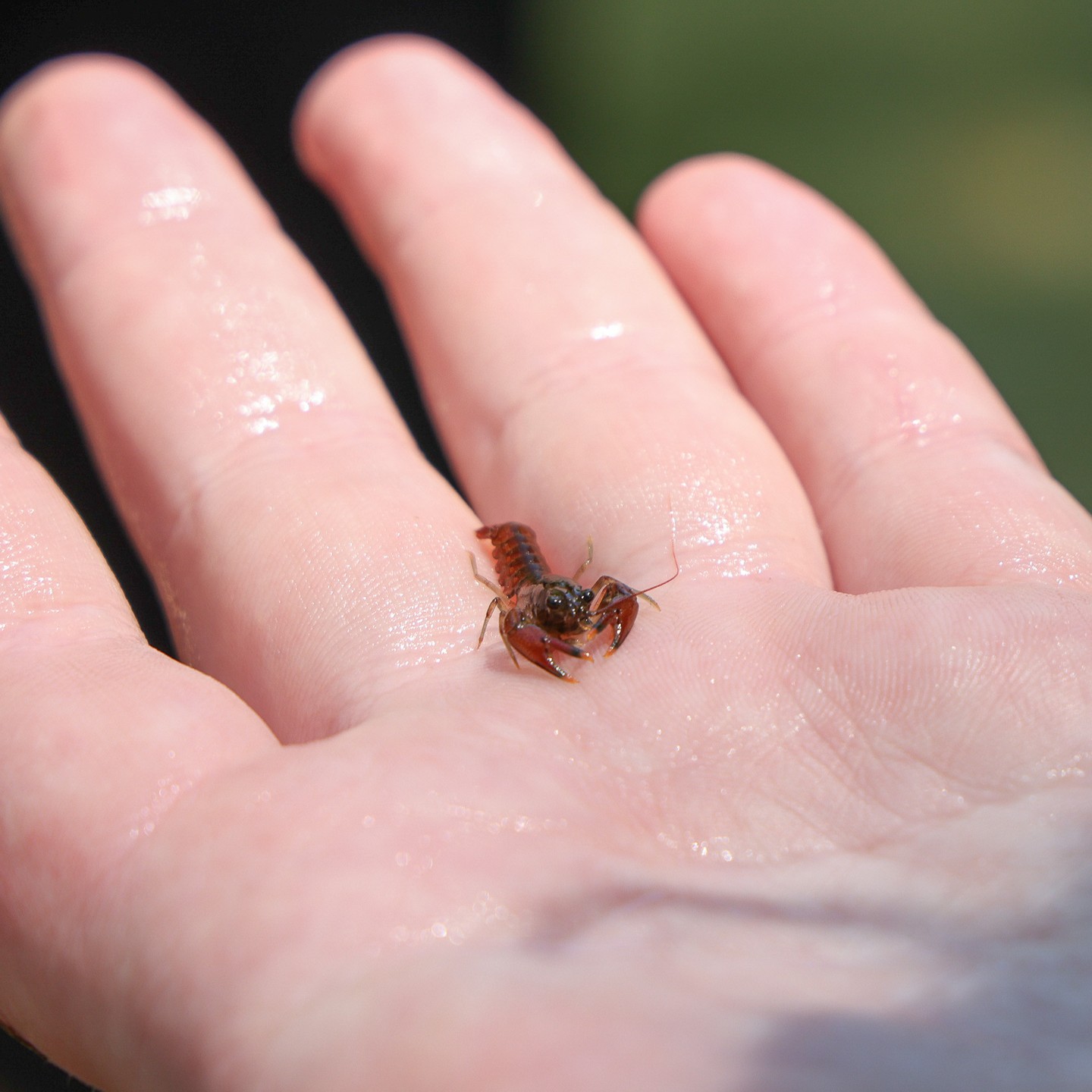- The significance of the Nashville crayfish and its exclusive habitat in Mill Creek.
- Detailed examination of the Nashville Zoo’s 10+ year conservation initiative.
- Methodologies employed by the Aquatics team to survey the endangered species.
- Importance of tracking population trends in conserving the species.
- Broader implications for local biodiversity and conservation efforts.
The Nashville crayfish, Orconectes shoupi, represents a critical component of Tennessee’s aquatic biodiversity. Exclusively found in Mill Creek, this crustacean is federally recognized as endangered, underscoring its delicate status and the urgent need for conservation efforts. Its survival is intricately linked to the health of its localized ecosystem, making its plight emblematic of broader environmental challenges and opportunities.
For over a decade, the Nashville Zoo has spearheaded a conservation initiative aimed at safeguarding this imperiled species. This long-term commitment highlights the need for sustained conservation strategies, particularly in preserving species with such narrow ecological niches. By focusing on the Nashville crayfish, the Zoo not only seeks to prevent its extinction but also aims to foster a greater understanding of and appreciation for the rich biodiversity found within urban water systems.
The Nashville Zoo’s Aquatics team employs a variety of methodologies to monitor and conserve the Nashville crayfish population. Their approach blends fieldwork with advanced scientific techniques to track the health and viability of the crayfish in its natural habitat. Regular surveys are conducted to collect data on crayfish numbers, distribution, and behavior, forming the foundation of their conservation efforts.
These surveys are integral in identifying population trends, a key element in the conservation framework. By understanding how population dynamics are affected by changes in the ecosystem, the team can make informed decisions to promote resilience in the crayfish population. This involves assessing factors such as water quality, habitat disruption, and potential threats like pollution or invasive species, which could significantly impact crayfish survival.
Analyzing population trends is not only crucial for immediate conservation efforts but also for developing long-term strategies. Such insights enable biologists to anticipate future challenges and devise interventions that can help stabilize the population. This intelligent management of resources ensures that the efforts to save the Nashville crayfish are both proactive and responsive to changing environmental conditions.
The broader implications of this conservation work extend beyond the Nashville crayfish itself. By prioritizing this endangered species, the Nashville Zoo contributes to the health of the entire Mill Creek ecosystem. Healthy crayfish populations are indicative of a balanced ecosystem, playing vital roles in nutrient cycling and serving as a food source for other wildlife. Protecting the crayfish thus has cascading benefits for local biodiversity, supporting a wide range of organisms that depend on a stable aquatic environment.
This initiative also serves as a model for other conservation projects focused on species with limited habitats. It highlights the importance of localized efforts and the role of urban zoos in conservation biology. By engaging the public through education and outreach, the Nashville Zoo helps raise awareness about the importance of preserving native species and their habitats, fostering a conservation-minded community.
In summary, the Nashville Zoo’s initiative to conserve the endangered Nashville crayfish is a testament to the power of dedicated, scientifically-grounded conservation efforts. By focusing on population trends and habitat health, their work not only aims to preserve a unique species but also supports broader ecological integrity, benefiting both current and future generations. Through this initiative, the Zoo exemplifies the critical intersection of research, conservation, and public engagement in promoting sustainable ecosystems.
*****
Source Description
It’s and we’re highlighting our work on a 10+ year-long local conservation initiative to survey the federally endangered Nashville crayfish! This species is only found in Mill Creek and our Aquatics team is working to identify population trends to help conserve this species in the wild. 🦞 🌎
Learn more → nashvillezoo.org/crayfish-conservation (link in bio)


